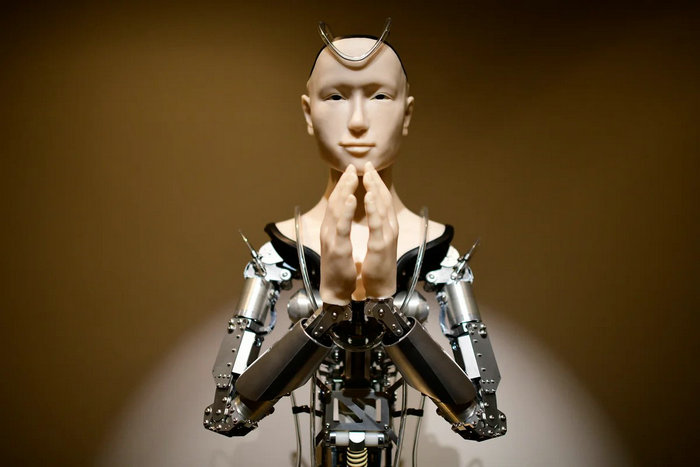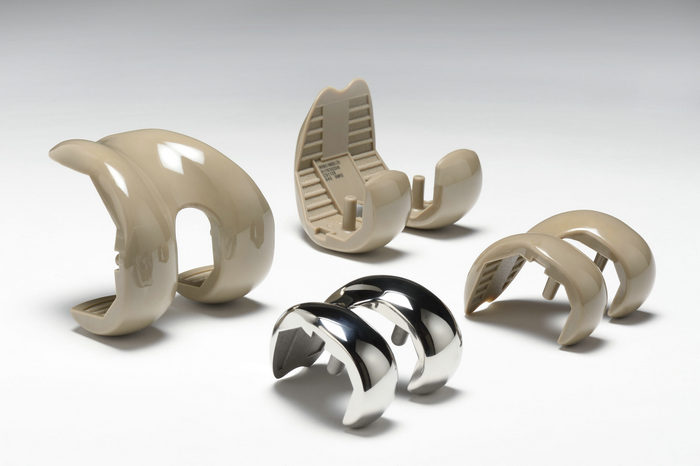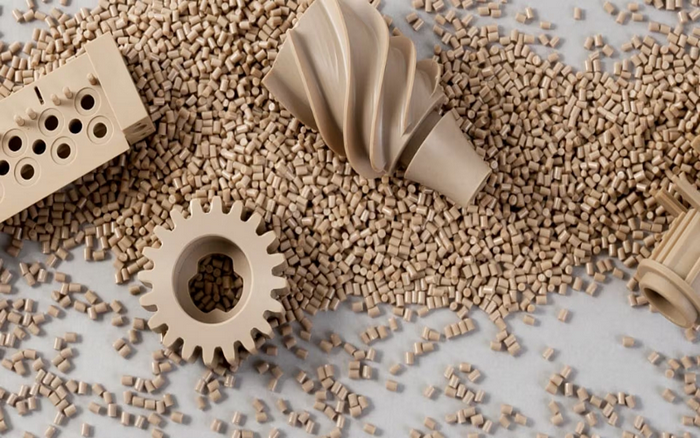In October 2023, the Chinese Ministry of Industry and Information Technology pointed out that humanoid robots are poised to become disruptive products following in the footsteps of computers, smartphones, and new energy vehicles, promising to profoundly transform human production and lifestyle.
In December 2023, Tesla unveiled the second-generation version of its humanoid robot, Optimus-Gen 2, with a weight reduction of 10kg compared to the first generation and a 30% increase in walking speed, attributed mainly to the use of lightweight materials and high-power density actuators.
On the last trading day of 2023, humanoid robots took the stage for their IPO debut, completing the bell-ringing ceremony at the Hong Kong Stock Exchange.
The demand for materials in robotics mainly focuses on lightweighting and durability. The second-generation robots address these challenges by utilizing PEEK (Poly-ether-ether-ketone) and high-power density actuators. Recently, there has been heightened market attention on PEEK materials, boosting the popularity of non-metallic materials in the lightweighting sector.

Whether humanoid robots can bring opportunities to the PEEK industry depends on two questions: 1) Can PEEK be used? 2) How much PEEK is used?
Is PEEK the best choice for humanoid robots?
Not only does the second-generation Tesla robot shed 10kg, but its balance capability has also significantly improved. It is widely believed in the industry that substituting plastics for high-density metals may be indispensable. Regarding industry dynamics, ARKPEEK on a Q&A platform mentioned, "PEEK materials have been applied to robot-related components, and currently, downstream customers of the company have applications in robots."
From a material perspective, the core question of whether humanoid robots use PEEK depends on material performance and cost considerations.
POM (Polyoxymethylene), PA66, UHMWPE (Ultra-high-molecular-weight polyethylene), and PEKK (Poly-ether-ketone-ketone) are several high-profile engineering plastics in the industry, which serve as competitive materials to PEEK.
However, nylon engineering plastics are prone to swelling and hydrolysis, while concerns about hydrolysis also exist for POM. Additionally, both POM and UHMWPE have low melting points, and except for PEKK, several competitive materials exhibit inferior mechanical performance compared to PEEK or may not be suitable for the performance requirements of humanoid robots.
PEKK closely follows PEEK in various performance indicators, but its industrialization process is slower. PEKK was developed by DuPont in the United States in 1962, fifteen years before PEEK. Later, the technology was transferred to Arkema for industrialization. However, the slow improvement in industrial scale and immature applications have led to relatively high usage costs. Chinese companies like Victrex are working on technological breakthroughs.
PEEK's many performance advantages can well meet the needs of humanoid robots, improving robot load and flexibility, making robots "lightweight" and agile, yet stable as a rock. Utilizing PEEK materials for weight reduction means that robots can do more and go further. Therefore, PEEK may become one of the core materials for humanoid robots in the future.

How much PEEK do humanoid robots need?
PEEK, with its excellent performance, can be used in gears, joints, limbs, and other parts of humanoid robots.
There is no exact number for the amount of PEEK used in a single humanoid robot. Assuming that gears and joints use 1kg of pure PEEK material and limbs use 8kg of CF/PEEK composite material (usually with a PEEK content of less than 30%) for weight reduction, the PEEK consumption of a single robot would be 6.6kg.
Another estimation method is to calculate the volume of the entire robot body using aluminum alloy density, and then replace 25% of the volume with PEEK material. In this case, the consumption of PEEK material for a single robot would be about 6.9kg.
Based on these assumptions, the demand for PEEK materials may reach 6600-6900 tons for every one million robots.
Elon Musk stated that the final price of the Optimus humanoid robot may be lower than $20,000 and is expected to be mass-produced within 3-5 years. If we use the estimate of 6.6kg per robot and a price of 350,000 RMB per ton, the value of PEEK materials for a single robot would be about 2300 RMB, accounting for 1.65%.

China's advantage in PEEK prices is significant.
As mentioned earlier, cost is one of the core factors in whether to use this material.
The cost composition of PEEK materials includes direct materials (75%), direct manufacturing costs (11%), direct labor (8%), and energy, power, and transportation costs (6%).
Raw materials account for 75% of the production cost of PEEK materials, mainly including fluorine ketone, hydroquinone, diphenyl sulfone, sodium carbonate, etc. Fluorine ketone is the core raw material for PEEK, and approximately 0.7-0.8 tons of fluorine ketone monomers are needed to produce 1 ton of PEEK material.
The domestic price of PEEK materials is about 300,000-400,000 RMB per ton, while the price abroad is about 800,000-1,000,000 RMB per ton. Domestic products have a significant price advantage, indicating a clear trend of domestic substitution.
Summary:
1, In the future, PEEK may become one of the core materials for humanoid robots;
2, Every one million robots may require 6,600-6,900 tons of PEEK;
3, PEEK synthesis technology is difficult, and customer barriers are high, with relatively concentrated capacity;
4, China's advantage in PEEK prices is significant, highlighting its global price advantage.